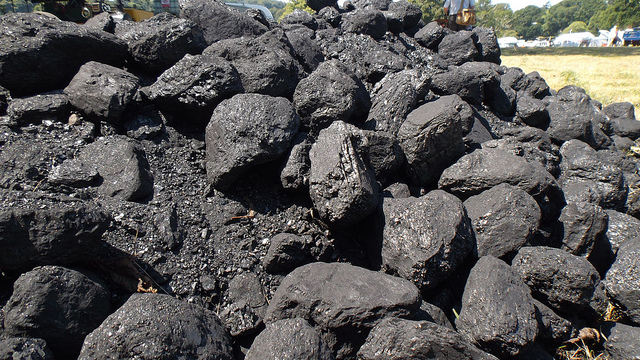A quick guide to the different types of coal.
Introduction
Many people, when ordering coal from their local coal man do not realise that there are many different types of this fuel source available on the market. This article will inform you of just 4 of the different coals that are used to produce energy worldwide.
Contents
Peat
Peat is formed when partially decaying organisms clump together. Peat can only be formed in certain climates, therefore its distribution throughout the world is limited. There are 5 countries that have peat and they are all in Europe. They are in England,Scotland Ireland, Finland and Russia.
Peats are found in areas such as bogs and in wetlands such as peat swamp forests. Peat is an important source of fuel for many countries, particular in Ireland where consumption is high as it is a widely accessible fuel source. Using Peat to heat homes etc in Ireland is so high, that environmentalists and conservationists are concerned, as 47% of peat available has been used up.
Peat can also be used as a compost and is very popular amongst gardeners. It is so popular that environmentalists are promoting alternatives that are less damaging to the environment.
Lignite
Lignite, or brown coal as it is commonly known as, is a sedimentary rock that is compressed naturally from peat. Lignite is commonly used around the world, in Greece, 50% of their power output is derived from Lignite.
Australia in particular has a lot of natural reserves of Brown coal and is a major exporter to China amongst other countries.
Though Lignite is commonly used as a source for energy, the substance itself yields a low amount of heat when burnt compared to the other types of coal available.
Smokeless Coal
Smokeless Coal is produced by first putting the coal into ovens and heated at a very high temperature. The Coal is then transferred into large containers of water where it is cooled. This system cleans the fuel source to be used later by the consumer, which is less damaging to the immediate vicinity.
Smokeless coal is also becoming more popular amongst homeowners with open fires. Available from many retailers, the coal is seen as a more environmentally friendly form of heat. As the homeowner avoids breathing potentially dangerous smoke that can have an impact on the health of people with asthma etc.
Anthracite
This type of coal is very hard and contains one of the highest ratios of carbon. Due to its shiny appearance the coal is often called black diamond. Anthracite is found in many places in the world but the overwhelming amount of it is found in China. China is responsible for 75% of the world’s Anthracite coal output in the world.
Due to anthracite being so compact with carbon, that when burnt, it is considered very damaging to the environment. Anthracite is however used in power plants due to the high energy yield when compared to other types of coal.
Additional Resources
This page on the World Coal Association, and this page on Wikipedia may be useful to anyone that wants to find out more.
Image credit: Oatsy40 @ Flickr

